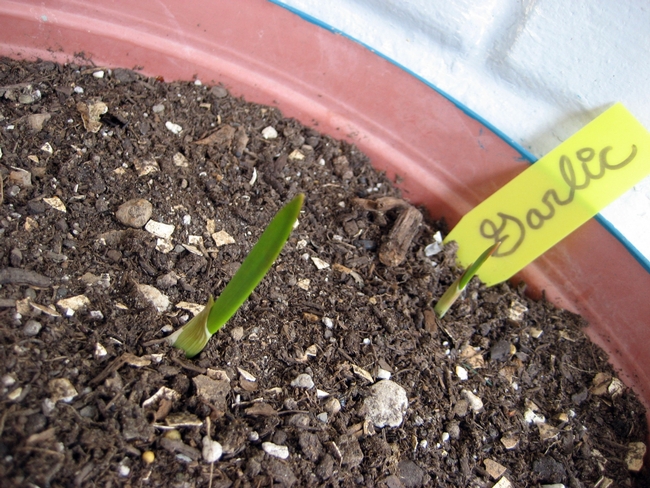
Many home gardeners aren't yet accustomed to starting their plants from seed or buying their plants online, but it is becoming the most practical way to be assured that the varieties and species in our gardens are suitable for our growing conditions. Seed companies and growers that offer plants online usually provide much more detailed information in their catalog descriptions than can be found on garden center labels. Many also sell the grow lights, heat germination mats, seed starting soil mixes and biodegradable or reusable small pots that make seed starting an easy, reliably successful yearly process.
Observation is making it clear to home gardeners that our climate is consistently hotter and drier than in past years, making gardening more challenging every year. Rising temperatures and a continuing pattern of drought have necessitated a complete review of plants' ability to survive extreme weather conditions.
Our summer growing season now begins about two weeks earlier than in past years. We'll need to start seeds and cuttings for drought- and heat-tolerant perennials and summer annuals and vegetables in the first week or two of January for transplant into the garden six to eight weeks later in mid- to late-March. Transplants should be in planting beds or containers by the first week of April since the hot spells that used to arrive in May have begun to arrive in late April. We've also had extreme heat spikes in mid-summer continuing into September and October. Home gardeners should be noting which species and varieties of summer-blooming annuals and summer vegetables are better able to survive long periods of high temperatures. When replacing old favorites with native plants or varieties that are labeled as “early crop,” “slow to bolt” or “heat resistant,” take note of their success rates as well.
The fall recovery period seems to be shortening as our summers grow longer and hotter. Gardeners used to be able to count on a second early fall crop from summer favorites like indeterminate tomatoes, beans and cucumbers as temperatures cooled and plants recovered their vigor in late August and early September. That recovery period now begins in early October, if at all. Planting determinate tomatoes with a shorter growing season and planting flower and vegetables varieties with fewer “days to maturity” earlier in the spring may well become the norm as gardeners adjust to changing conditions.



